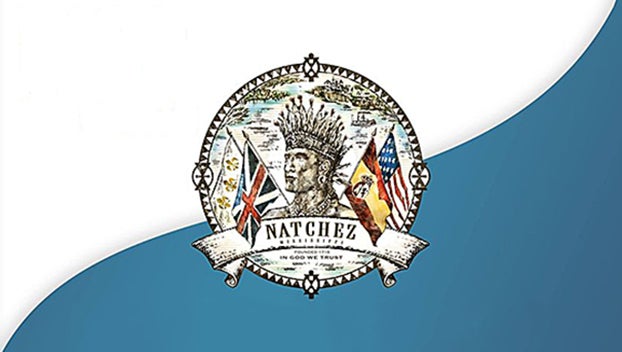For local farmers, market prices for cattle are on the move
Published 3:57 pm Sunday, March 4, 2012
A drought, escalating feed prices and steadily increasing demand on the cattle market are squeezing producers to make sure every pound of beef they have counts.
That has forced cattle prices to their highest point in decades, Adams County Extension Director David Carter said. The price for calves has more than doubled — an animal that a few years ago would have sold for 80 cents a pound is now going for $2 a pound.
“Cattle prices are through the roof right now,” Carter said.
One of the reasons for that is because the severe drought that left much of Texas withering last summer forced many cattle producers there to liquidate their herds. During that process, the cattlemen sold not only their beef animals but their replacement and production animals as well.
“People aren’t keeping replacements,” Adams County cattle producer Gary Edwards said. “You keep your heifers and develop them into your cows, and people just haven’t been dong that — the mature cows aren’t being kept.”
Even if producers start making up for the loss in production animals right away, Edwards said consumers will have to wait another three years before they start to see a reflection of that in the beef market.
This year’s heifers have to mature for a year before they can be bred, and they will have to gestate for almost a year before the next generation of calves is born. That second generation will then have to grow for a year before being sent to market and ultimately to consumers.
The cattle market is cyclical, and the spring market is usually very light, which has also contributed to the current record prices, said Melanie Sojourner, area 7 vice-president for the Mississippi Cattlemen’s Association.
“In the fall or late summer, August and September, that is when the most heads are going to go to market, and the prices will come down some,” Sojourner said. “But even the forecast for the market in the fall is going to be record high.”
Cattle exports are also on the rise, and fewer cattle being produced with more of them being sent elsewhere has further squeezed the market. According to the U.S. Department of Agriculture’s Economic Research Service, in 2008 producers exported 1.996 billion pounds of beef by carcass weight. By 2010, exports had grown to 2.3 billion pounds.
“The industry has done a lot of research on product development and driving consumer demand, so more people are eating beef, not just in America but around the world,” Sojourner said
But the increase in cattle prices isn’t all profit — not by a long shot. Production costs have skyrocketed as producers have had to cope with a complex economic situation, one in which feed costs are higher because just about everything costs more these days, but also because corn — the choice food for cattle feedlots — was at one time considered a key component for alternative fuel.
“We got hit real fast with the ethanol situation a few years ago and still haven’t crawled the particularly drought-stricken areas had to give up last year, they ended up importing hay from areas where it could still be grown, and even those areas produced less hay than in a normal year.
“A lot of places will get three cuttings of hay a year, this past year we only had one cutting,” Sojourner said. “Had we had a really tough winter there would have been no way we could have maintained the herd we have.”
The saving point, however, has been this year’s warm winter, Carter said. While the usual winter supplemental feeding was still needed, there was still some grass on the ground to compensate for the lack of other feeds.
“If you were smart, you planted rye grass, and even though it’s usually pretty cold this time of year, it’s been warm enough that you actually have some growth,” Carter said.
And so while producers are having to cope with the higher input costs, Sojourner said the high market price for cattle is what’s keeping the industry alive.
“It doesn’t do a whole lot for a producer’s bottom lines, but we are thankful for those high prices.”






